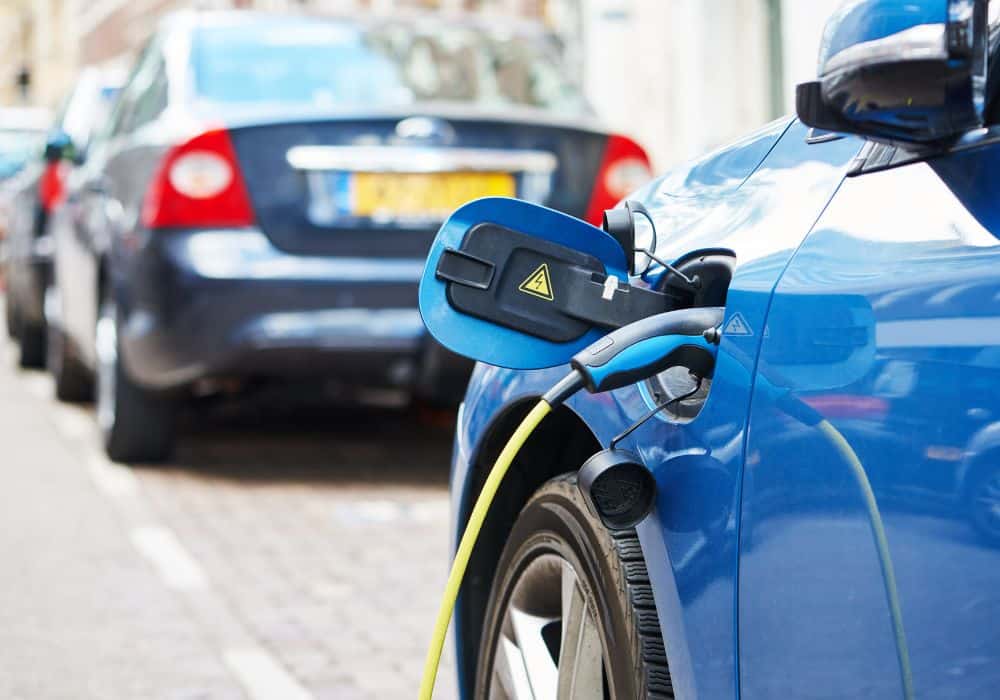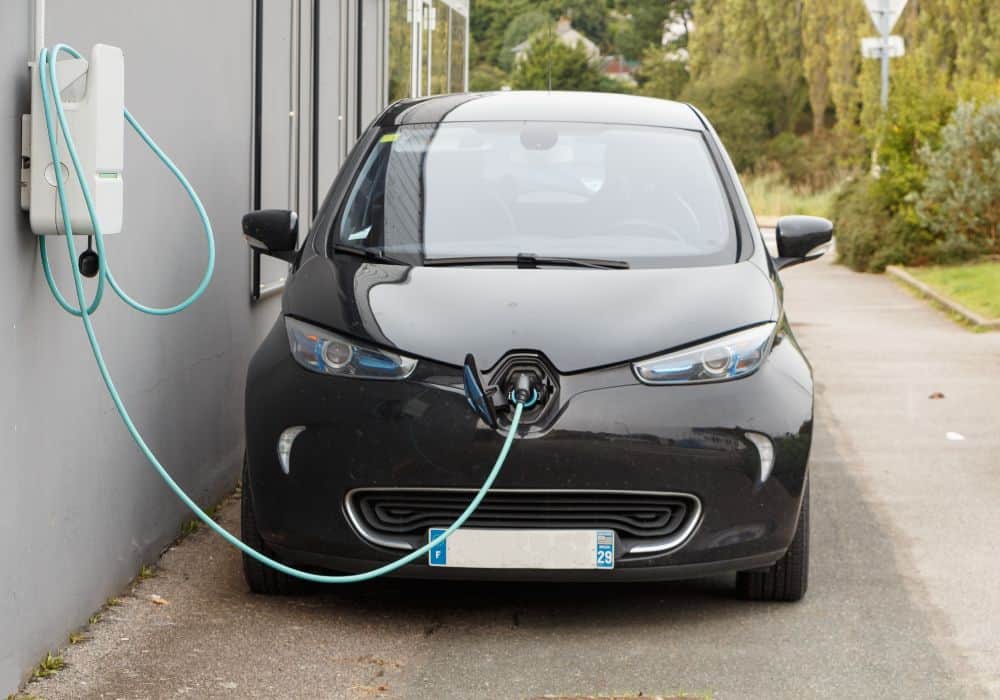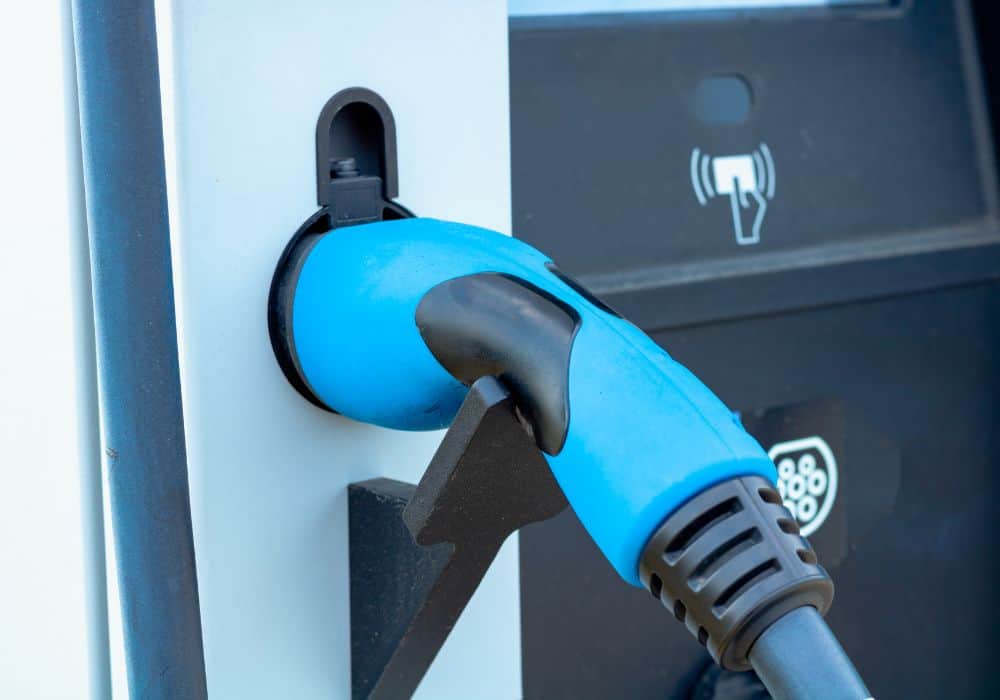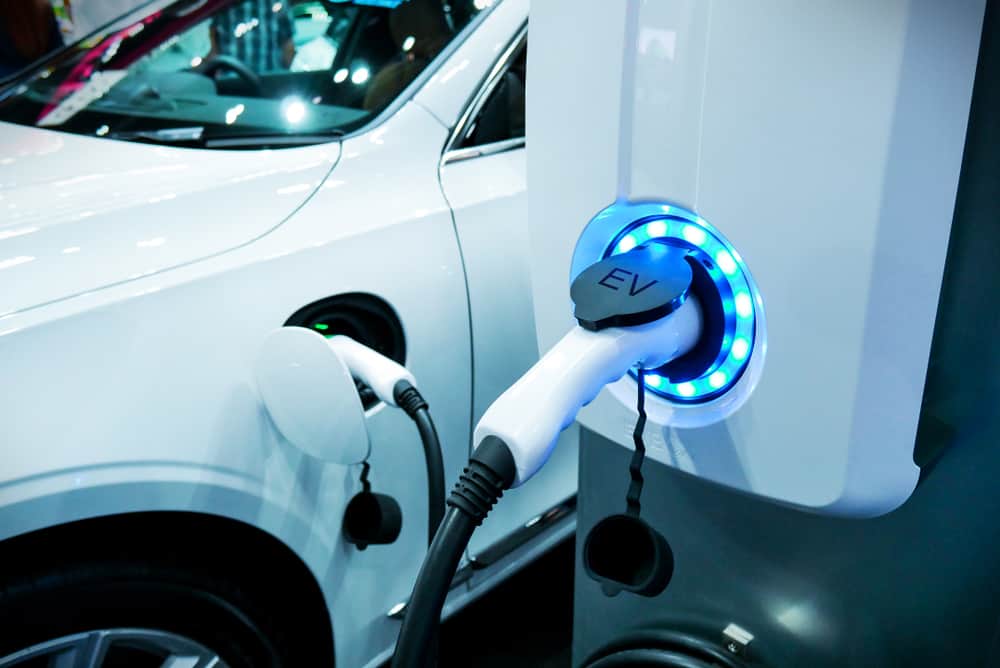The car battery is a big deal. If you’re driving around with a dead battery, it can be incredibly frustrating. But if you know how to recharge your car battery properly and keep it healthy, you’ll never have to worry about having trouble again!
This post will answer whether slow or fast charging is better for your EV.
Table of Contents
Speed Charging Type
EV charging is great, but it’s hard to track how much time you spend on it.
InsideEVs listed the 3 Types of Speed Charging EV guide—so you can stay on top of your charging game and get back on the road faster!
1. Trickle Charge
Trickle charging is the slowest way to charge an electric car battery at a rate of less than 2.3kW to 6kW. The most economical way to charge an electric vehicle is via slow charging, which can be done at home or public charging stations. It’s most commonly used when you’re in no rush to get back on the road.
The idea behind trickle charging is simple: We want to keep the battery at a steady voltage—around 2.30 volts per cell for lead-acid batteries—by slowly increasing its charge over time. This prevents damage from heat buildup, which can happen if you try to charge your car too quickly or leave it on too long once your vehicle is fully charged.
This type of battery management preserves the life of your battery while still allowing it to be fully charged in a reasonable amount of time (depending on your car’s size).

2. Fast Charge
Fast charging is charging an electric vehicle (EV) faster than standard charging. Fast charging can be done using a 240-volt outlet, often called Level 2 charging.
Fast charging has become more common, the most commonly available at 7kW. Some cars, such as the Tesla Model 3, charge faster-charging speeds than others. They can do this because they have a high kilowatt (kW) output. If you use a Tesla Destination charger, which is available at some hotels and amenities along popular driving routes, you can charge your car at 22kW.
3. Rapid Charge
Here’s the thing: Unlike trickle charging, which can take a couple of hours to fill up, EVs take only minutes to charge. This makes it tempting to plug in and go, but if you do that too often, it will seriously damage your vehicle’s battery over time.
Fast charging involves plugging into a high-voltage source and fully charging your vehicle within 30 minutes or less—a method that can cause damage to your car’s battery if not done correctly.
This only happens sometimes if you know the proper way to charge your EV, but it is possible. Rapid charging can also cause battery failure, leaving you stranded with no way to start your car.
If left unchecked for too long, heat buildup can cause corrosion inside your battery and lead to permanent damage (like having one of those dead-in-the-water batteries).
In charging your EV battery, you must know how long it takes and how to do it correctly. If you don’t, your battery may not last as long as it should or, even worse, get damaged. You can use this guide if it’s time to charge your car battery.

3 Kinds of EV Charging
The first thing you need to know is the three kinds of EV charging: slow charging for electric vehicles: wall outlet, AC car charger, and DC (Direct Current) fast charger.
1. Wall Outlet
The most common form of electric car charging is the wall outlet. The car plugs into a regular outlet and charges at a rate of about 1 kilowatt per hour. It’s called Level 1 charging.
This is the most common type of EV charging, and it involves plugging your vehicle into a standard 120-volt or 230-volt household outlet. The downside to this kind of charging is that it can take up to 24 hours or days to fully charge a vehicle, depending on your battery and car size.
2. AC Car Charger
An AC car charger is essentially an extension cord for your EV, allowing you to plug in anytime and charge up without worrying about finding an outlet. Some AC EV chargers have built-in ports to charge other devices while driving, like laptops or phones.
If you have an AC car battery charger, you can plug your car into an outlet in your house and charge it faster—about 7 kilowatts per hour. This is called Level 2 charging, which most people use at home.
3. DC Fast Charger
The third kind of charging is known as DC fast charging or Level 3 charging. You need special equipment to handle this kind of power—typically around 350 kilowatts per hour or more—so unless you live near a public DC fast charger or drive an electric vehicle that supports it natively (like Tesla), chances are you’re not going to use this kind of power except when traveling long distances outside your local area.
A DC fast charger can charge an EV much faster than a regular wall outlet—in as little as 20 minutes! These chargers typically use 480-volt DC charging power instead of 120 volts alternating current (AC).

Levels of Charging Your EV Battery
We have outlined Tom’s Guide‘s three levels of charging for you.
Level 1: 120 Volt AC
It is when your battery charges at a rate of about three to five miles per hour. Most people use this at home because it’s easy and convenient. But it can take hours or even days to fully charge your battery if you drive long distances.
Level 2: 208 Volts to 240 Volts AC
Fast charging is when your battery charges at a rate of about 80 miles per hour—that’s about half an hour for a full charge on most EVs out there right now. You’ll find this type of charger at highway rest stops and other places where you might park for longer periods while traveling by car.
Level 3: 400 Volts to 900 Volts DC
Rapid charging is when your battery charges at a rate of about 20 miles per minute—that’s just 15 minutes or so to get back up to 80 percent charge capacity after being completely drained! These are very rare right now; they only exist at dedicated fast-charging stations with their own equipment installed inside them, like Tesla’s Supercharger Network.
Conclusion
Slow charging, also known as trickle charging, is the most economical way to charge an electric vehicle. It’s especially useful for those who don’t drive their vehicles daily. Fast charging is a quick way to get back on the road if needed, but it isn’t recommended because it may shorten the life of your battery.
Also, if you want to keep your car’s battery in good shape for as long as possible, consider not leaving it idle for an extended period of time in your garage without driving it (and charging it).
